The ocean world has been full of mystery since ancient times. It is not only the cradle of life, but also breeds many little-known and amazing deep-sea creatures. These strange creatures live in deep-sea areas that are difficult for humans to reach, and their unique appearance and lifestyle are breathtaking.
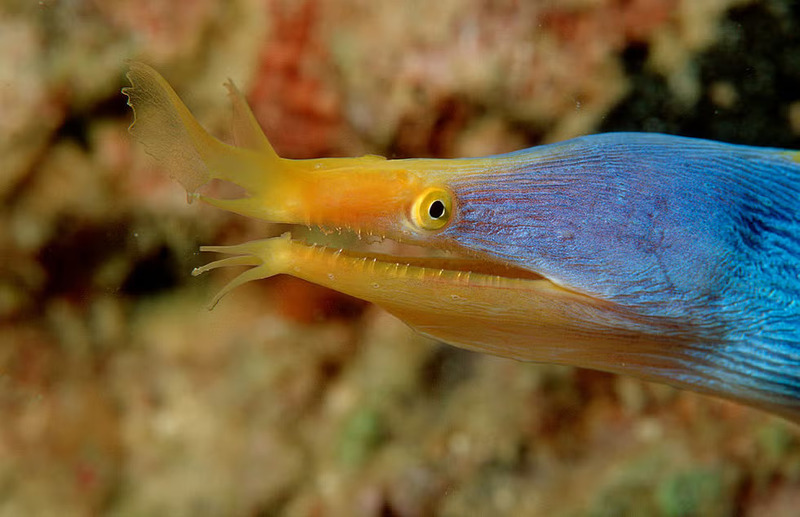
Phyllophichthus xenodontus
Today, we will take you to count the top ten most mysterious marine creatures in the world, which are: Pompeii worms, sea spiders, comb jellies, barrel-eye fish, glass squid, harp sponges, horned gastropod snails, willow leaf eels, Bobbitt worms, blobfish and pink long-handed fish. These mysterious creatures not only look strange, but also play an indispensable role in their respective deep-sea ecosystems.
Alvinella pompejana, also known as bristle worm, is a strange creature living near deep-sea hydrothermal vents, with a body length of about 10 to 15 cm. It is known for its amazing heat resistance and is considered to be the second most heat-resistant animal on Earth. Its favorite living environment temperature is as high as 70℃, but its survival ability is far more than that.
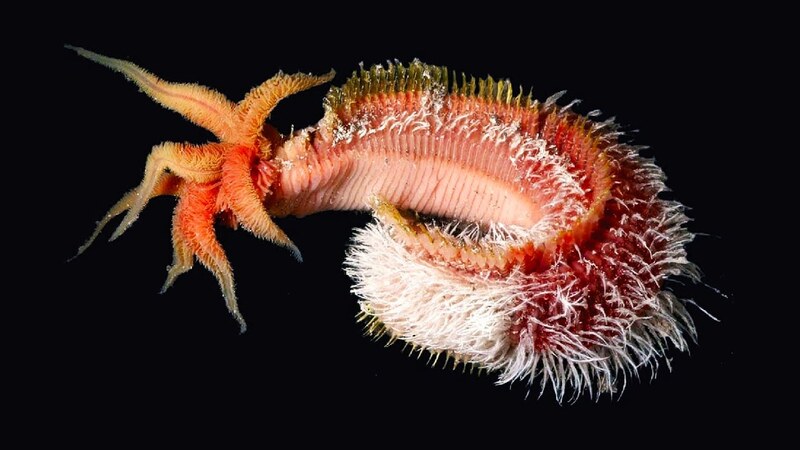
Alvinella pompejana has extraordinary adaptability. It can not only withstand a hot environment of up to 81℃, but also immerse its tail in hot fluids close to boiling point, while its head can move freely in a relatively cool area without being affected at all. This amazing temperature difference did not affect its survival state. Even when foraging, it can leave the high-temperature vent area and move to cold water of only 10°C. It can cope with such a large temperature difference with ease, and can be called the "heat-resistant king" of the deep sea.

In contrast, the sand ants living in the Sahara Desert, which were once considered the most heat-resistant animals, can only forage for a short time in an environment of about 55°C. Today, the discovery of Alvinella pompejana has completely refreshed people's understanding of the heat tolerance limit of animals.
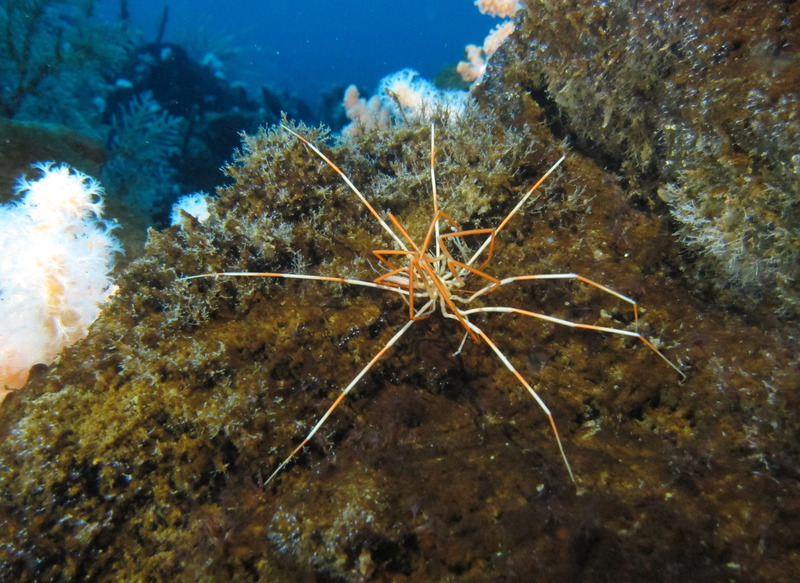
Sea spiders, also known as all-legged worms, are marine arthropods that look like spiders. They have slender legs and extremely small bodies, and look like a "skinny" blind spider, hence the name "sea spider".
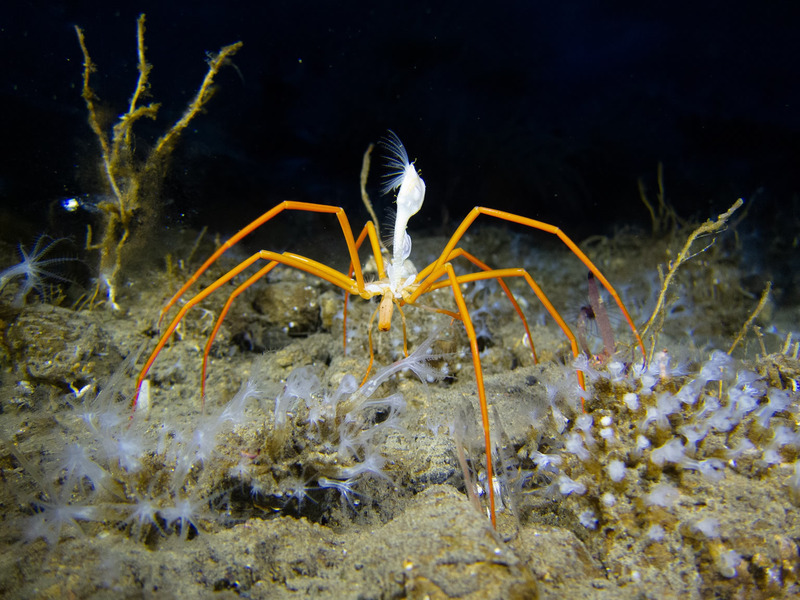
The most amazing feature of this creature is that it does not have a traditional respiratory system or a complete digestive system. It exchanges gases through the cuticle on the surface of the body, and at the same time relies on the movement of the limbs to promote the flow of body fluids, indirectly completing the blood circulation function similar to the heart. It can be said that it is more like a life form composed of several hollow "straws", and its structure is extremely primitive.
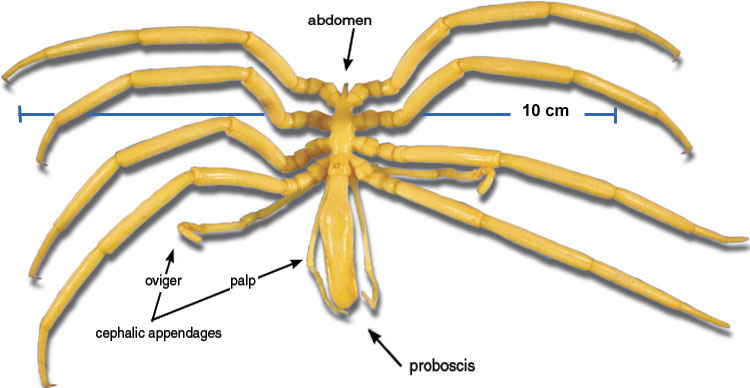
According to research by Derek Siveter, a paleontologist at the University of Oxford in the UK, and his team, a very well-preserved ancient sea spider fossil was discovered in Herefordshire, UK. This discovery confirms that sea spiders have existed in the ocean as early as the Paleozoic era about 450 million years ago.
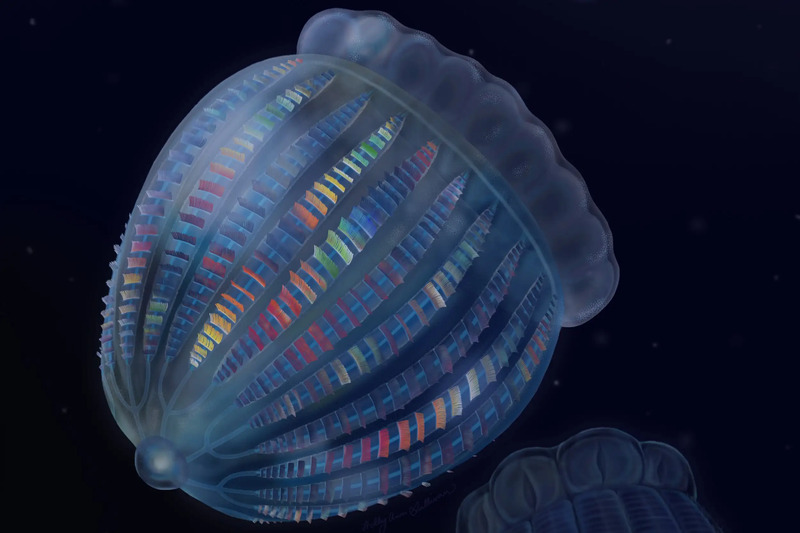
Comb jellies are a type of marine invertebrate that looks similar to jellyfish, but they do not actually belong to the jellyfish family. This biological structure is very primitive and is believed to be related to the earliest multicellular organisms on Earth. It is an important "living fossil" for studying the evolution of life.

Comb jellies are named because they have rows of comb-like "comb plates" on both sides of their bodies, which are densely covered with cilia. When the cilia swing, they not only push them to move slowly in the water, but also form rainbow-like light bands under the light, swaying and beautiful.
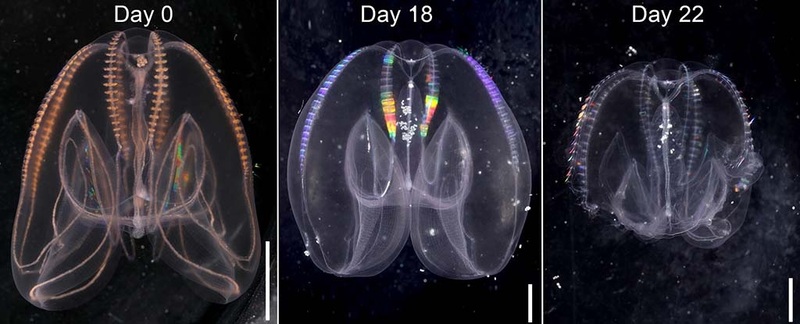
When comb jellies freely shuttle in the ocean, they also release a faint blue fluorescence, making them look like "flowing water balls" in the sea, which is very visually impactful. Although they are greedy by nature and the main purpose of waving their cilia is to ingest more plankton, their own dreamlike luminous properties also add a touch of mystery and romance to the deep ocean.
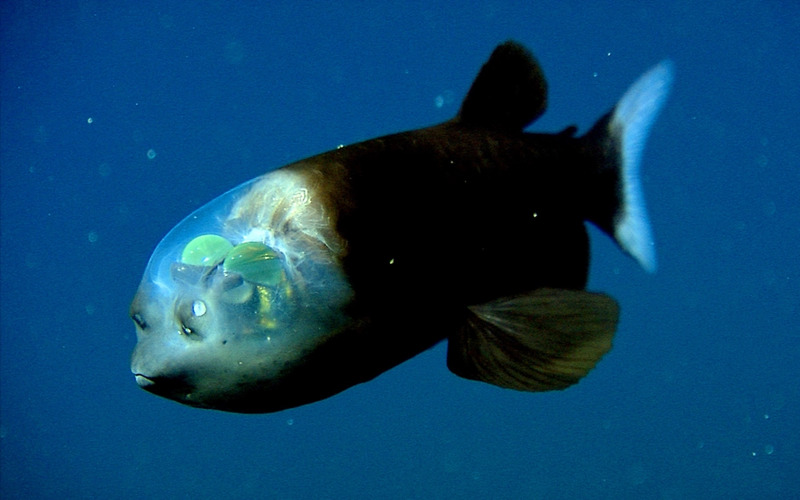
Pacific barreleye fish is a strange deep-sea fish that was first recorded by humans in 1939. Because they live in extremely deep waters and are easily damaged when brought into shallow waters, humans have known little about them for a long time. Because of this, it has become one of the most mysterious creatures in the deep sea.
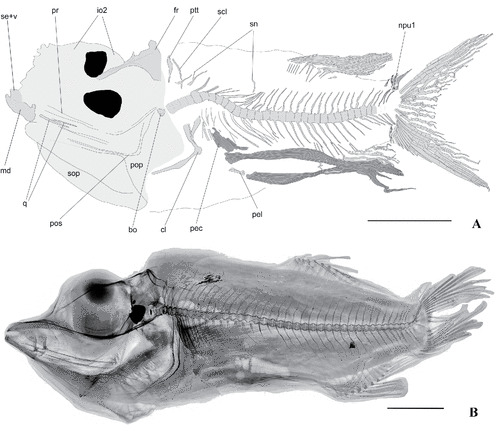
The most striking feature of the Pacific barreleye fish is its transparent, liquid-filled head. The real eye is located in the green cylindrical structure inside the head, which can be flexibly rotated and has extremely strong visual ability. Many people mistakenly believe that the circular area in front of its head is the eye, but in fact it is just the nostril, and the green barrel-shaped structure hidden in the "crystal head" is its real eye.
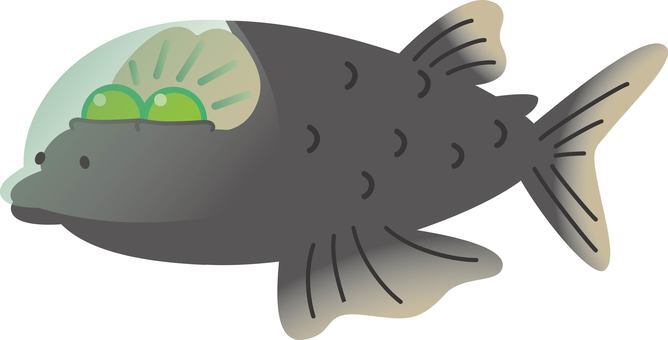
They often move under the tube jellyfish and rely on their precise vision to observe prey. When they find that the jellyfish has caught food, the barreleye fish will quickly sprint upwards and take the opportunity to "snatch food" from the jellyfish's tentacles. At this time, its eyes will turn upwards and its body will adjust to a vertical state. Once the food grab is over, it resumes horizontal swimming, and its eyes continue to remain in the upward direction, just like an orderly "cruising" search in the water.
Teuthowenia pellucida is a deep-sea creature that lives near the Mid-Atlantic Ridge. It is named for its almost completely transparent body, which looks like a ghost floating in the water. Their body structure is extremely unique and they have many special survival skills.
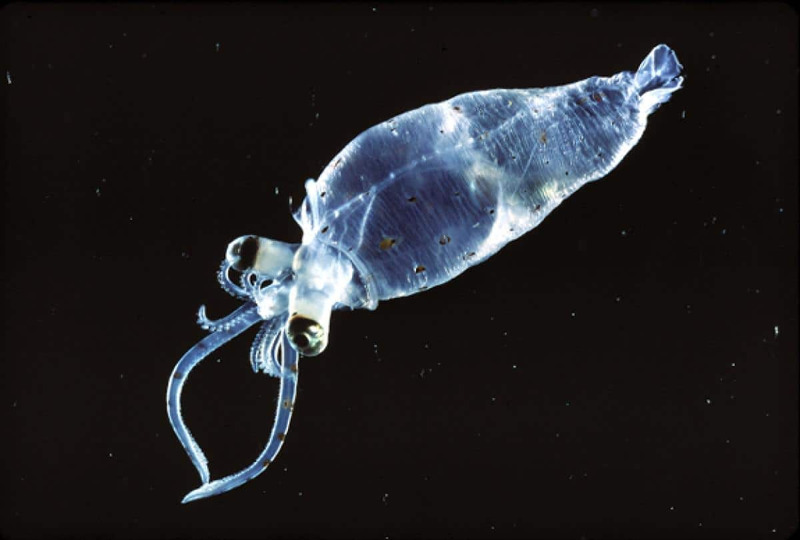
The Teuthowenia pellucida has a round head, a mouth located around the top of the head, more than ten tentacles on its body, and eyes on both sides of the head. These eyes not only have excellent visual functions, but also have olfactory abilities - this is because the olfactory glands around their eyes allow them to "see" and "smell" through their eyes at the same time, making them a sensory all-rounder in the deep sea.
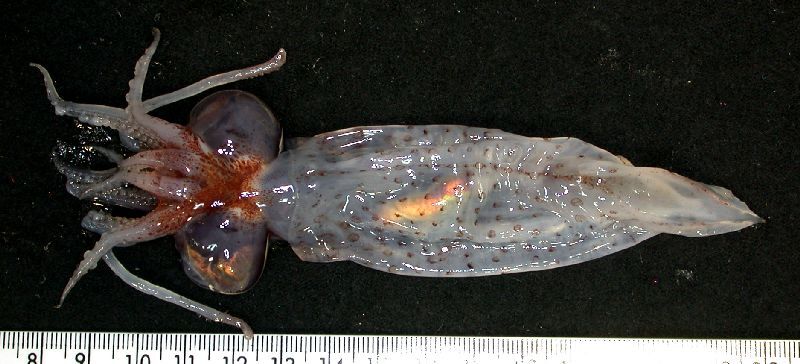
In addition, the Teuthowenia pellucida has a light organ on the top of its head, which can emit weak light in the dark deep sea environment, which can not only communicate but also help hide. The most amazing thing is that they have the ability to "curl up for defense": when faced with a threat, the Teuthowenia pellucida can roll itself into a ball like a hedgehog to form a defensive state.
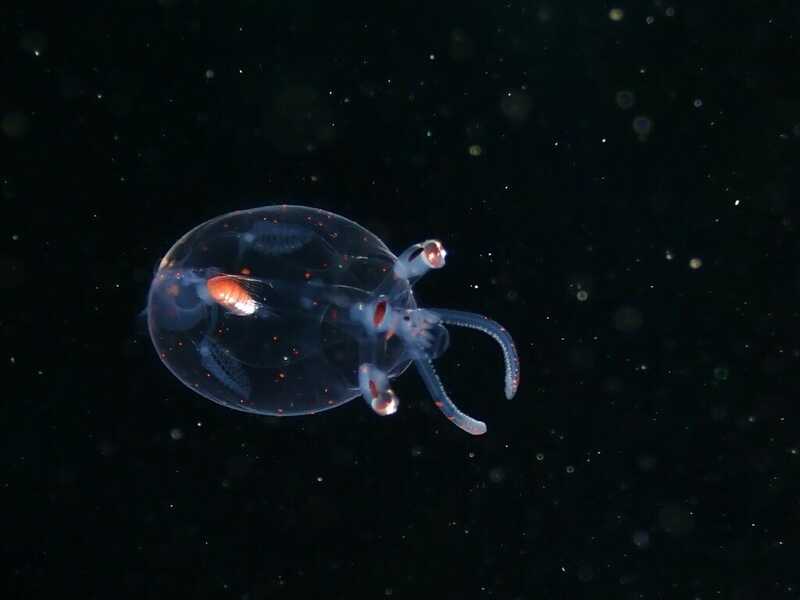
There are also pigment cells on the back of its body, which can adjust the body color and help them camouflage in the complex marine environment, avoiding the discovery of natural enemies and making it easier to approach prey.
The Chondrocladia lyra is a rare deep-sea creature that lives in the deep sea area about 3,300 to 3,500 meters below the coast of California. It was first discovered by researchers at the Monterey Bay Aquarium Research Institute and is named for its harp-like appearance. This sponge is different from the "filter-feeding sponge" we usually know. It is one of the few sponges with carnivorous characteristics.
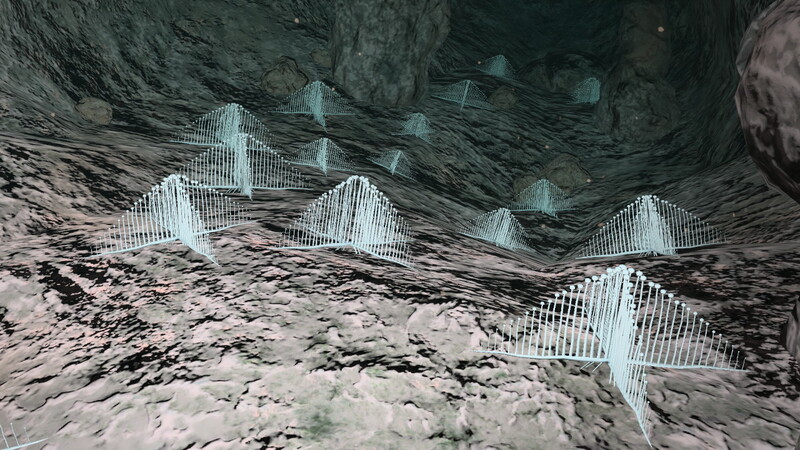
The Chondrocladia lyra has a branch-like limb structure covered with small spines with barbs on the surface, which can effectively capture passing micro-crustaceans. Once the prey is hooked, the Chondrocladia lyra will extend an extremely thin cell tissue to wrap it, slowly decompose and digest it, and absorb the nutrients in it.
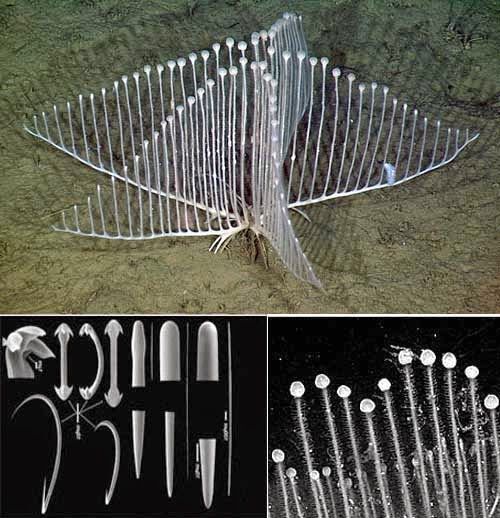
Generally speaking, sponges mainly survive by filtering organic matter and microorganisms in seawater, but in the past 20 years, scientists have discovered some "deviant" carnivorous sponges. The Chondrocladia lyra is a typical representative of them. In order to adapt to the extreme environment of the deep sea where food is scarce, it has developed predatory behavior during the evolution process, becoming a unique existence in the deep-sea ecosystem.
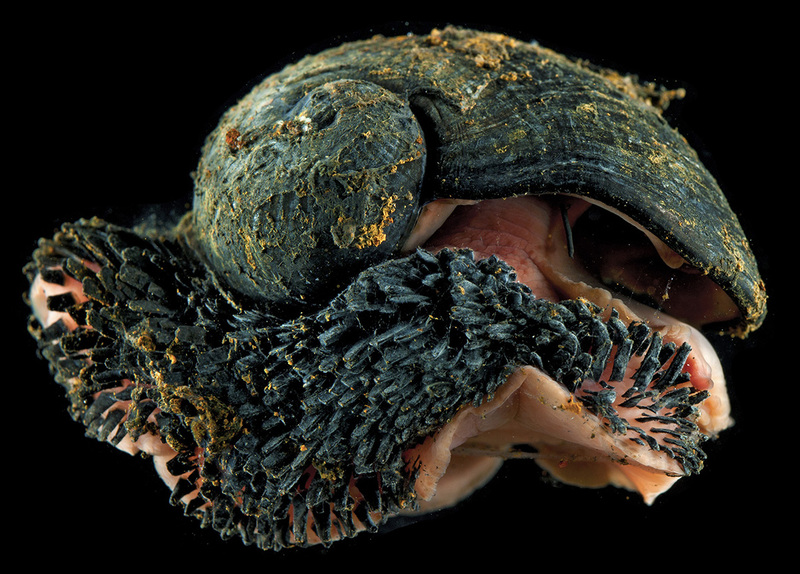
Scaly-horned gastropod snail is a rare deep-sea mollusk that mainly lives in the extreme environment near hydrothermal vents on the seafloor of the Indian Ocean. This snail has attracted much attention from the scientific community for its unique "metal armor". Its ventral feet are covered with iron-rich scales, and its shell is composed of three layers of iron sulfide, which has natural magnetism.
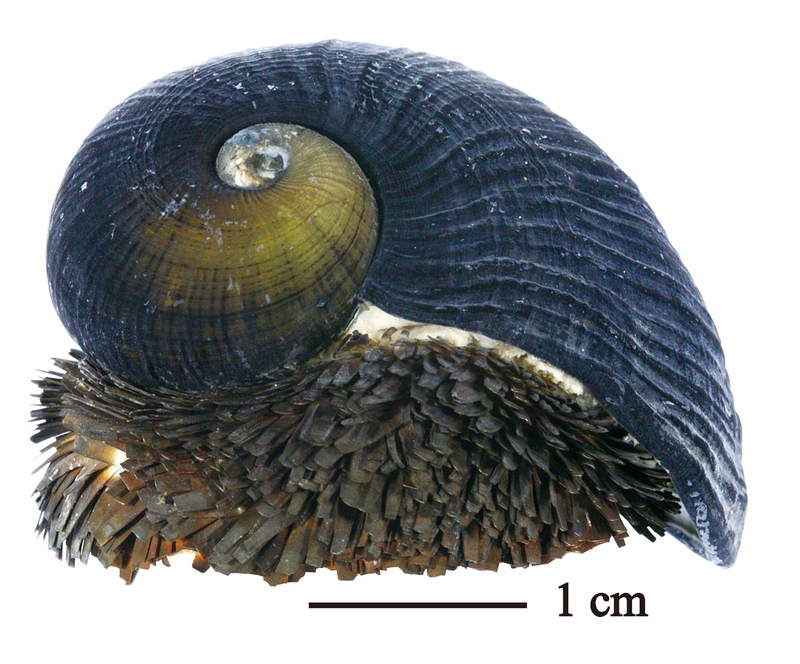
The scaly-horned gastropod snail has two slender and smooth tentacles on its head, but it has no visual organs and lacks specialized mating structures. Its ventral feet are bright red and relatively large, and it cannot even be completely retracted into the shell. Most strikingly, its layered, metal-rich shell comes from the rich minerals erupted from the seafloor vents. It is the only animal in the world known to have a metal shell.
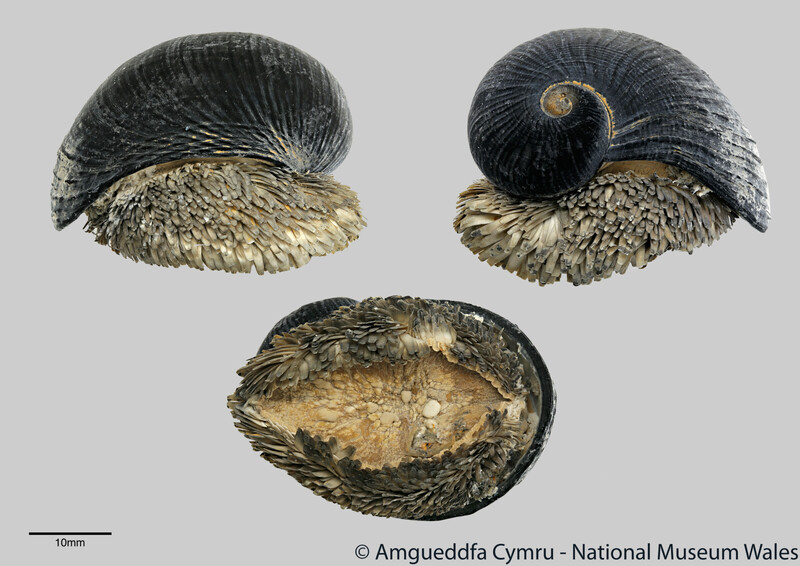
This metal structure not only allows it to survive in the harsh environment of high temperature, high pressure and low oxygen, but also effectively resists the attacks of deep-sea predators.

Leptocephalus is a special stage that appears in the development process of eels and other fish. Its shape is flat and transparent, like a light and floating willow leaf in the water. Its most notable feature is not the thinness of its body, but its almost completely transparent appearance. If you don't observe it carefully in the ocean, it is easy to ignore its existence, as if it is integrated with the water.

In fact, "Leptocephalus" is not an independent species, but a form of eel in the early development process. As they grow into young or adult eels, their bodies gradually change from transparent to the silvery white common in deep-sea fish, their eyes become more prominent, and their pectoral fins become wider. Interestingly, unlike most animals whose sex is determined at birth, the sex of sedge eels is not fixed in the embryonic stage, but is determined by the living environment in which they live.
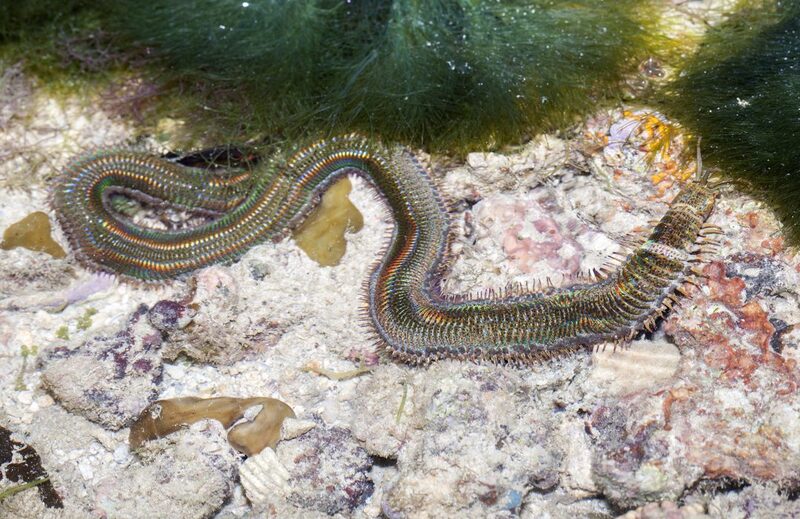
Bobbit worm, the name was first given by an underwater photographer more than 20 years ago. This strange-looking marine creature is widely distributed in warm waters around the world and is famous for its amazing size and predation method.
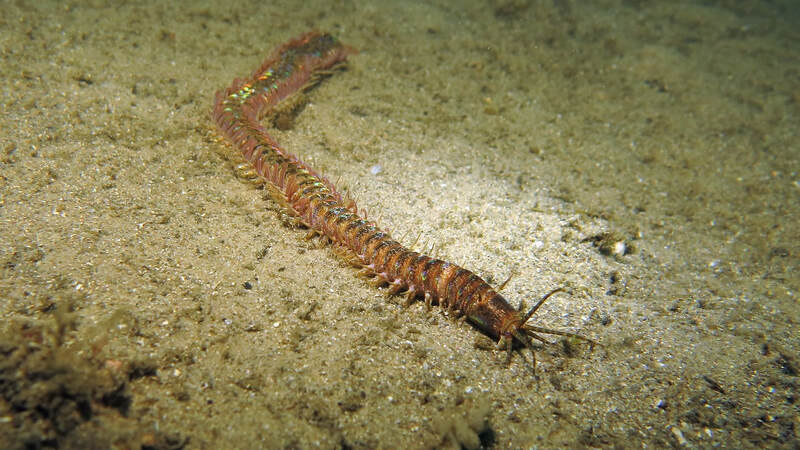
Bobbit worm belongs to the polychaete class and is one of the longest known polychaete members. As early as the 19th century, oceanographers noticed its uniqueness. Polychaetes usually live in the ocean, and their bodies are composed of multiple repeated segments, which are highly flexible.
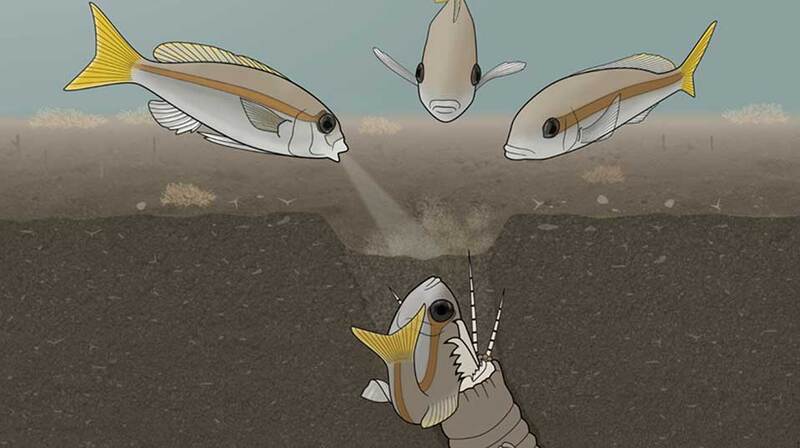
The average body length of this creature can reach about 1 meter, but in extreme individuals, its length can even reach an astonishing 3 meters, making it a veritable "ambush hunter" in the deep sea.
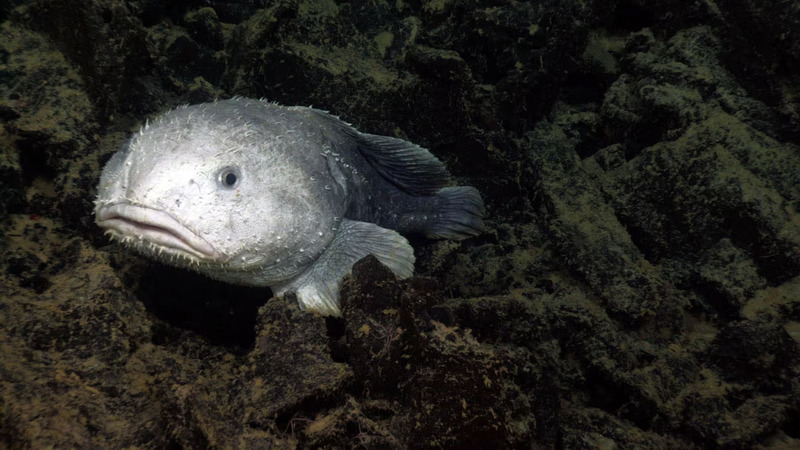
Blobfish, also known as "melancholy fish", "bobo fish" or soft sculpin, is known as "the saddest fish in the world" because of its naturally depressed "bitter face". It belongs to the family of sculpins, a deep-sea fish with a unique appearance and a lot of topic.
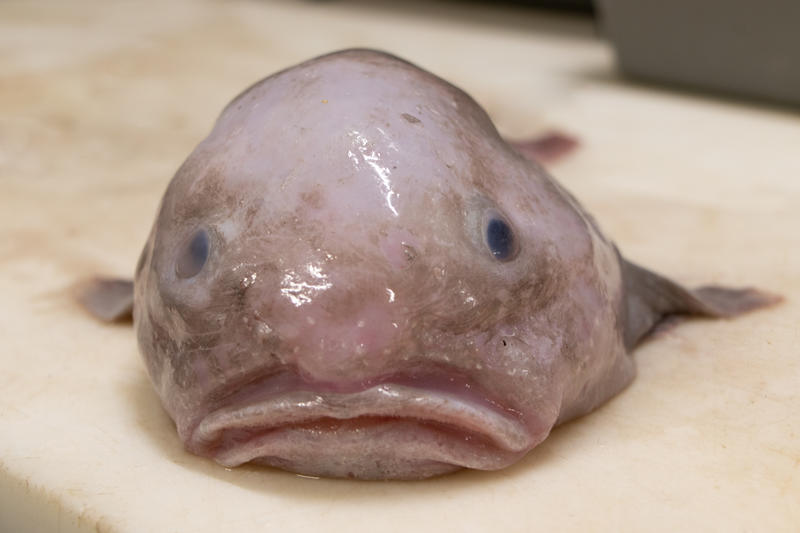
This type of fish is soft and gelatinous, with a maximum length of about 30 cm. They do not have a swim bladder, so they cannot adjust their buoyancy like most fish, but rely on the gelatinous structure of their bodies to float in the deep sea. Blobfish are mainly distributed in the waters near Australia and Tasmania, and can live in waters as deep as 1,200 meters.
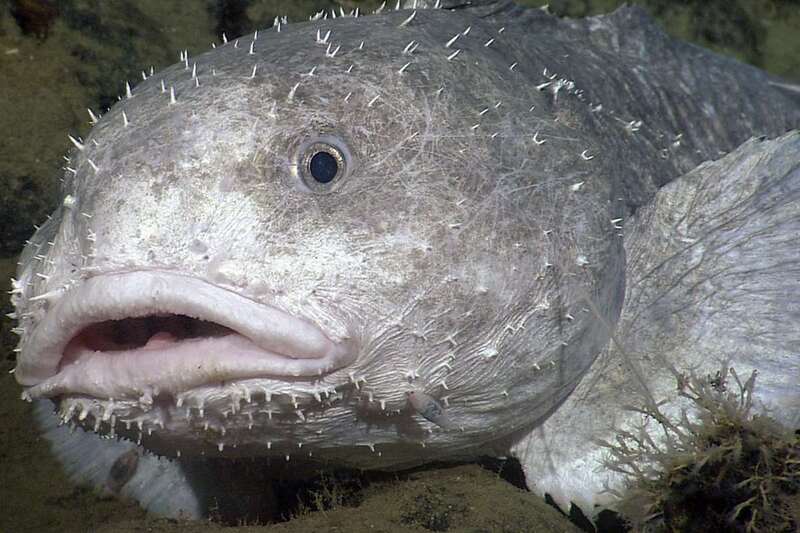
Because they live in the deep sea, far away from human activities, they are rarely seen by humans in their natural state, and only occasionally appear in deep-sea fishing or scientific research.
The world's top ten mysterious aquarium/52-marine-animals.html">marine animals are mainly selected based on the less known aquarium/52-marine-animals.html">marine animals with special abilities, and are recommended with reference to relevant rankings/lists on the Internet. They are for reference only to help you understand what mysterious animals are in the ocean. If you have any questions, please comment/criticize at the end.
animal tags:
We created this article in conjunction with AI technology, then made sure it was fact-checked and edited by a Animals Top editor.